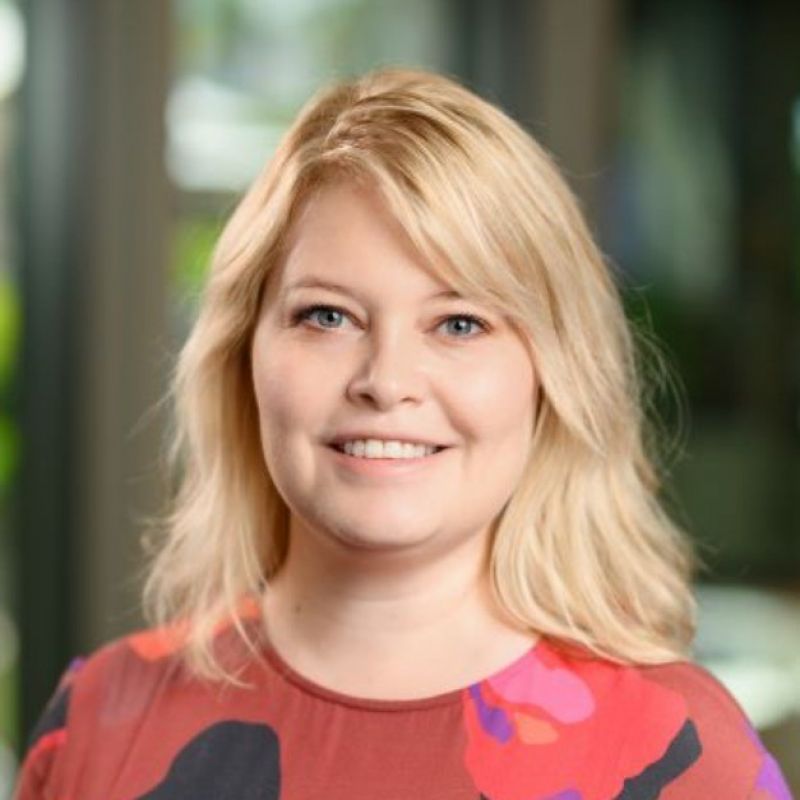Supervisors

- Position
- Postdoctoral Research Fellow
- Division / Faculty
- Faculty of Health

- Position
- Senior Lecturer in Optometry and Vision Science
- Division / Faculty
- Faculty of Health
Overview
https://research.qut.edu.au/ver/https://research.qut.edu.au/ver/Multifocal contact lenses are those that consist of more than one optical power within the lens optical zone and can be classified as distance-centre (DCMF) or near-centre (NCMF), with less or more positive power at the lens centre compared to the periphery, respectively. DCMF lenses are a proven treatment to slow myopia (short-sightedness) progression and eye growth. The mechanism by which DCMF lenses are thought to act is through the simultaneous presentation of myopic defocus (light focused in front of the retina) to the peripheral retina, while providing optimal refractive correction at the centre of the lens, which focuses at the fovea (responsible for detailed, central vision) and allows excellent visual acuity.
In animal models, imposing myopic defocus either centrally or peripherally has been shown to slow eye growth, while in contrast, hyperopic defocus (light focused behind the retina) increases eye growth, with the response to peripheral myopic defocus potentially being greater compared to central myopic defocus. This indicates that the retina can detect the position of the light focus and alter eye growth to shift the retinal position closer to the plane of focus.
Small, bidirectional, rapid, short-term changes in eye length and thickness of the choroid (the layer beneath the retina which is also involved in the control of eye growth) have similarly been observed in humans in response to full-field defocus exposure, however, the response to peripheral defocus in humans is less clear. Therefore, this study will explore the eye’s response to myopic defocus imposed centrally (using NCMF), peripherally (using DCMF), and across the full field (using single vision lenses) which will support future research into multifocal soft contact lens characteristics that may be effective at slowing myopia progression and eye growth in children.
Research engagement
Successful applicants will mostly engage with data curation and analysis, but may be exposed to literature reviewing and authoring of research outputs (e.g. conference papers and journal articles).
Research activities
Succesful applicants will spend most of their time contributing to data analysis (e.g. reviewing and compiling participant data into spreadsheets, undertaking analysis of axial length measurements and analysing optical coherence tomography (OCT) images) and reviewing literature. There may be the opportunity to assist supervisors with data collection (including contact lens fitting), running statistical analyses, and contributing to drafting and revising conference papers and/or journal articles arising from the research, with the intention of presenting at research conferences and/or publishing in ophthalmic journals.
Outcomes
It is expected that the outcomes of this project will further the understanding of the eye’s response to imposed optical defocus and will support future research into multifocal soft contact lens and optical characteristics that may be effective at slowing myopia progression and eye growth in children. Additionally, several conference papers/journal articles are expected to be drafted with the intent to present at conferences/publish in ophthalmic journals.
Skills and experience
Successful completion of, or anticipated successful completion of OP45 (Bachelor of Vision Science) or the first year of OP85 (Master of Optometry) by end Semester 2 2024, with a current course GPA of 5.5 or above.
The ideal candidate will have an interest in research and/or the clinical areas of myopia control, contact lenses and/or children’s vision.
Start date
1 November, 2024End date
21 February, 2025Location
Kelvin Grove campus, O Block, B Wing East, Level 5
Additional information
Successful applicants will have access to a computer and workspace within the Contact Lens and Visual Optics Laboratory for the duration of the project. Students will also receive research mentoring from supervisors and may collaborate with other academics and research staff members within the laboratory. Any training required to perform any of the tasks will be provided by supervisors.
Keywords
- myopia
- children's vision
- contact lenses
- refractive error
- optical coherence tomography
- ocular imaging
- paediatrics
- axial length
- myopia control
Contact
Dr Rohan Hughes